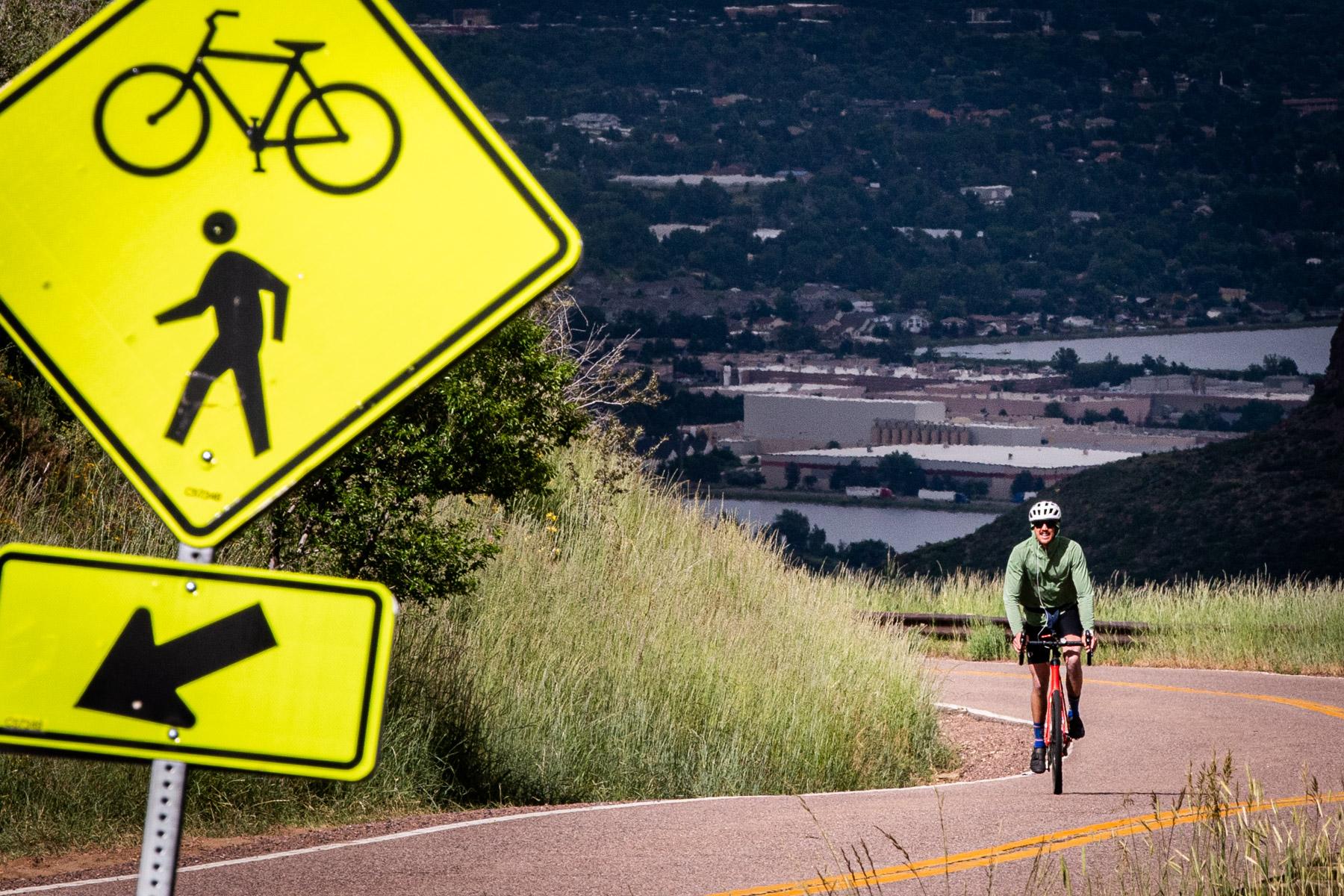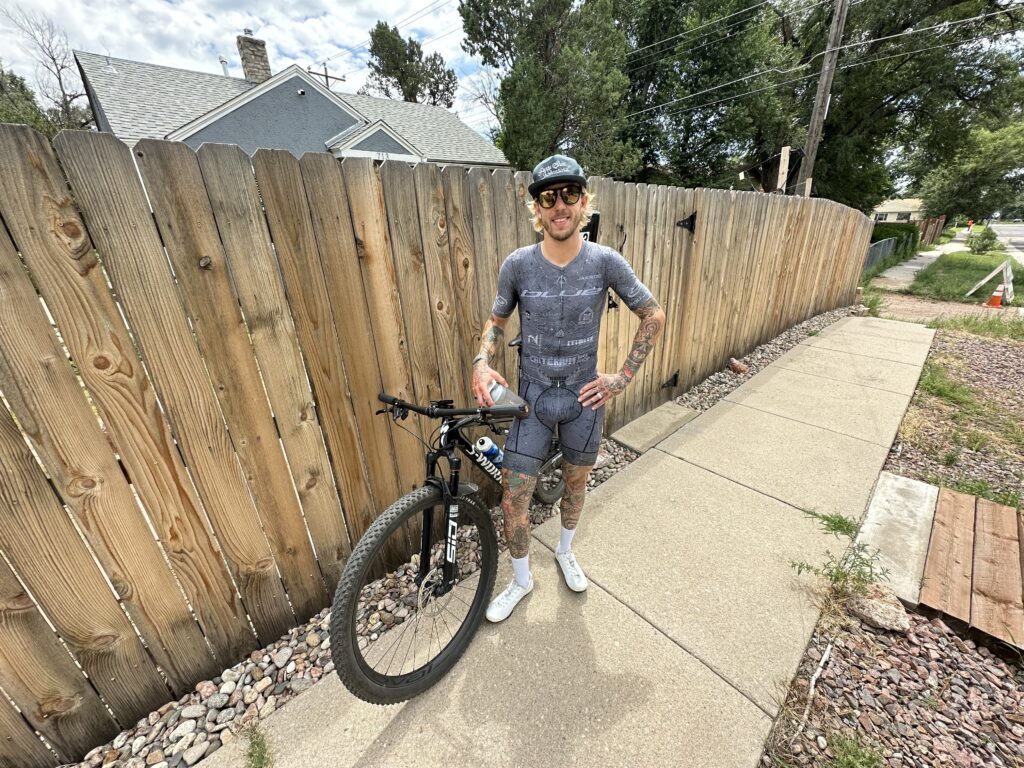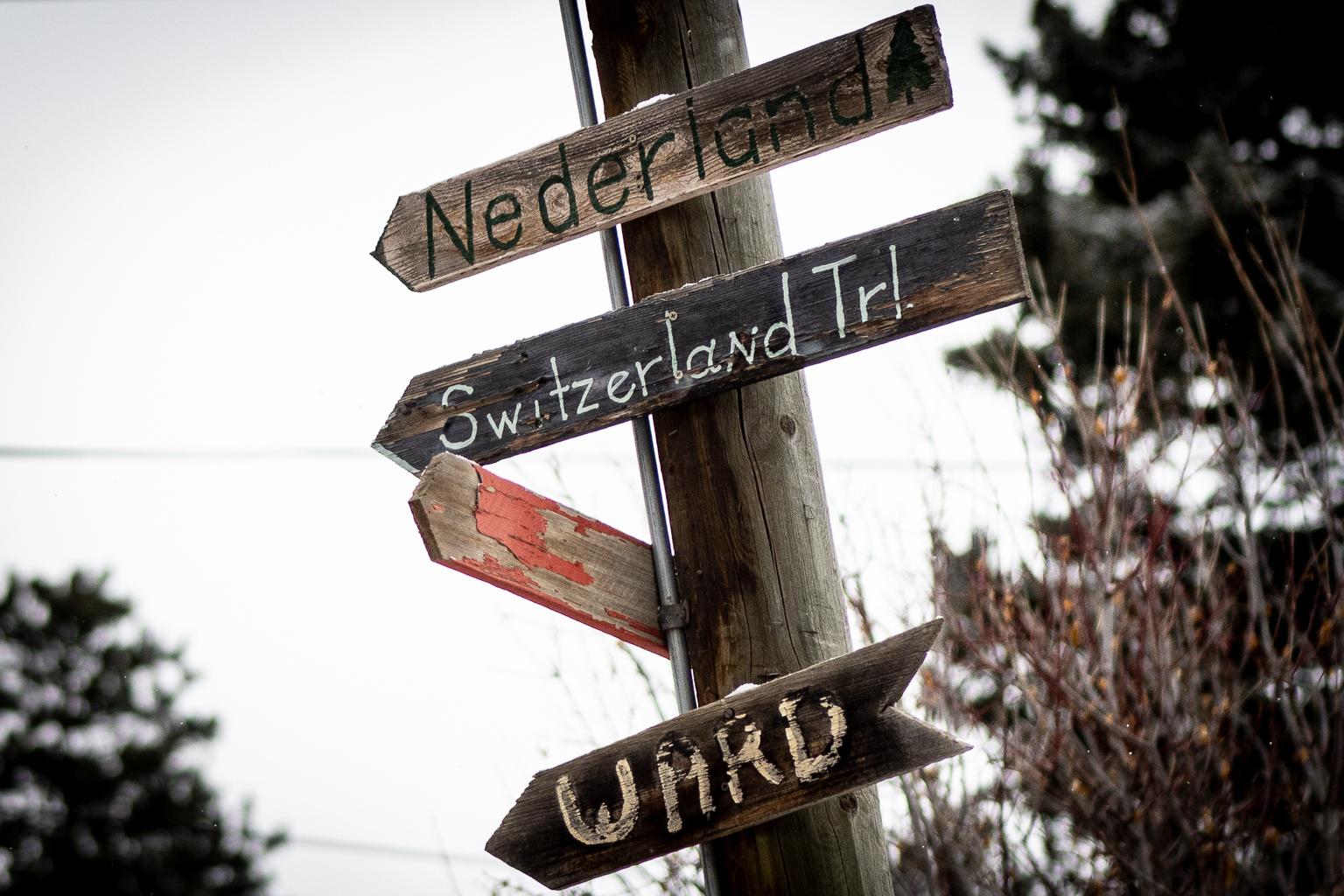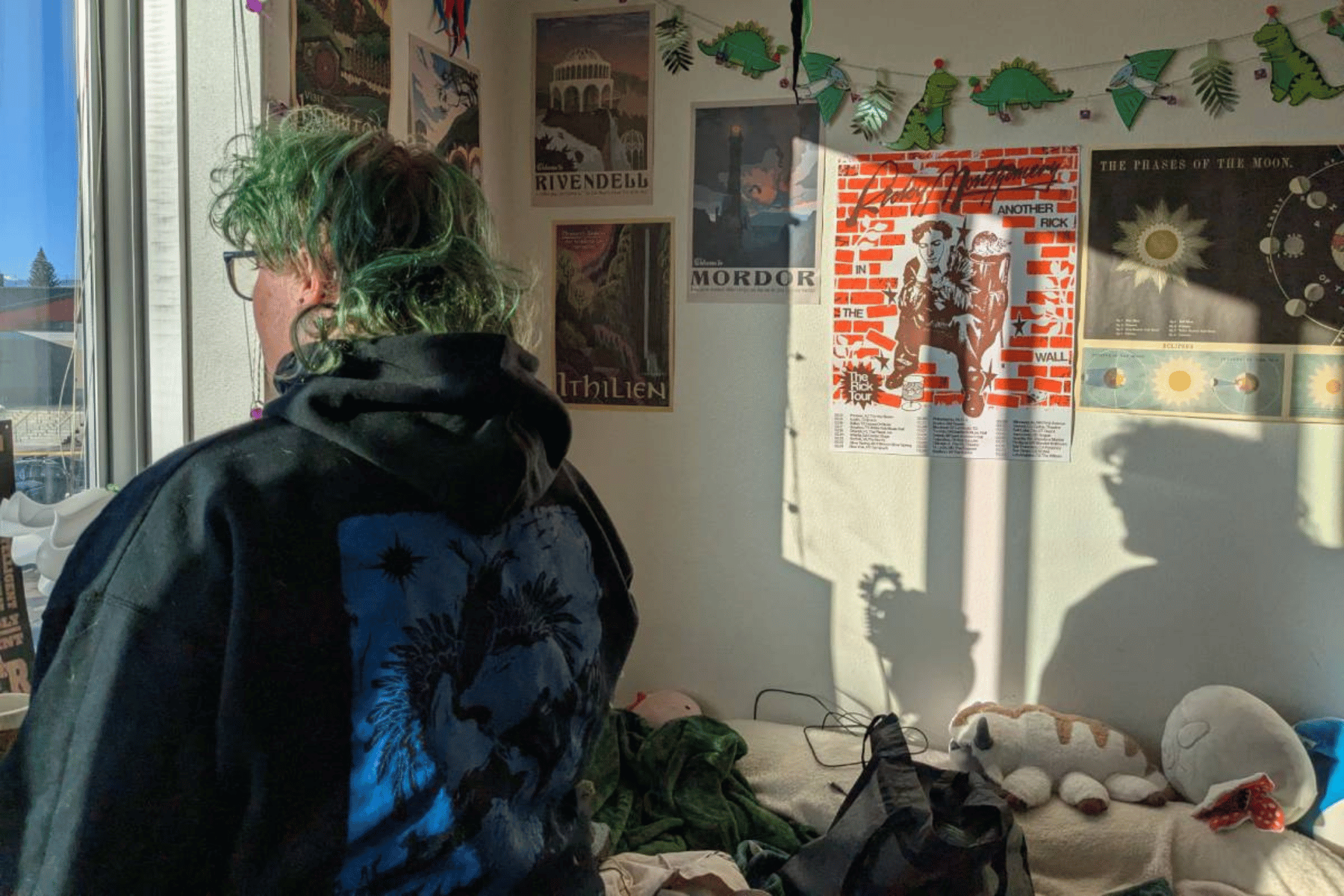
Colorado’s cycling community is still reeling from the death of 17-year-old rising star Magnus White late last month. White was riding north of Boulder when he was struck from behind by a 23-year-old driver who drifted from her lane.
It’s the manifestation of a worst-case scenario that has gone through the minds of many Colorado motorists, especially in the mountains. The state’s narrow, winding roads can be dangerous for both drivers and cyclists tasked with sharing the road, even when there’s not much traffic around. Now, add in busy weekend traffic, cars backed up behind you — and the danger gets even higher.
That’s the sort of anxiety-provoking situation which inspired Littleton’s Kristen McCammon to write in to Colorado Wonders:
“What's the proper etiquette as a car driver when encountering cyclists on curvy mountain roads?”
McCammon recounted her experiences driving down mountain passes, or east through the foothills, back onto the front range, and coming upon a cyclist. Then, just not really knowing what to do.
“I feel like if I try to pass them, that's when somebody's going to come around a blind curve that I can't see,” she said.
Colorado Department of Transportation Chief Engineer Keith Stefanik describes himself as an active cyclist. He often rides in the mountains recreationally and bike commutes about 75 percent of the year. He called McCammon’s concerns a “grand old question” at CDOT.
As far as state law is concerned, bicyclists are legitimate road users just as much as any car or truck. That’s not just the case on mountain roads; that’s the case on all roads in the state except where expressly prohibited, like all the black and yellow striped roads on this map. That being said, there are both legal protocols and ethical guidelines regarding the meeting of cyclists and vehicles.
First, as of 2009, Colorado motorists are required by law to give cyclists a minimum 3-foot buffer at all times, all around the cyclist. That might not sound like a lot, but it is especially important to remember on those skinny, twisting mountain roads. In return, vehicles may legally pass a cyclist on double yellow line no-passing zones, provided it’s done safely.
Justin Martin is a professional mountain and gravel bike racer living in Colorado Springs. He does a lot of that mountain road cycling as well, to train. He said he does indeed feel safe if he gets that three-foot buffer. But he doesn’t always get it.
“(Or) if I get two feet, I feel safe,” he said. “All I'm asking for is at least a foot and a half to two feet.”
Martin said when cyclists don’t get that buffer, they notice.

“Especially if it's a truck, a dually, a semi. To be honest, when I get blown by like that, I wish I could just stop the person and have them get on my bicycle, let me get in the car and just give them a little perspective,” Martin said.
“Their mirrors come inches between us and if they make one little mistake or they drop their head, I mean that's the difference of us being alive and dead,” he added.
Martin called Magnus White a massive presence in cycling.
“(White) was going to be one of the best kids in the country, if not in the world,” Martin said. “We lost him to a distracted driver in Boulder, a beautiful road as well that I raced on two weeks ago … It’s super scary.”
For cyclists’ responsibilities, Stefanik said groups should try to ride single-file. If bikers are riding two-abreast, they cannot actively impede traffic.
“As a cyclist, you also need to know there might be a car behind you just waiting to pass,” Stefanik said. “Help them out, move over a little bit so they can get safely around, so they can get safe to their destination and you can get safe to yours.”
Martin said he and partners do ride side-by-side at times.
“When we need to work through a piece of road where it's a tighter spot for cars, we try to slot back in a single file,” he said. “When we're riding two-abreast, we're really just trying to be more visible to cars. We want to be closer to the shape of a car.”
Overall, Stefanik urged patience for drivers like McCammon who feel anxious about the prospect of passing bikers.
“Last year, we had the highest number of serious injuries and fatalities within the state. And our trajectory right now is not looking good for this year,” he said. “A lot of it comes down to speeding [and] aggressive driving.”
McCammon wondered if cyclists have any responsibility to pull over to the side of the road if the line of cars is too long. Stefanik said the state does not have any guidance on that. It essentially would be up to the biker’s discretion. McCammon said she was surprised she didn’t see more of that on mountain roads.
“I can't imagine that's like a relaxing, enjoyable ride knowing you're holding up, and people are getting upset behind you, and everybody's waiting on you,” she said.
She thought pulling over more often might end up making the ride more enjoyable for cyclists. However, as anybody who’s driven mountain roads at peak usage knows, those cyclists would be pulling over an awful lot.
Ultimately, cyclist Justin Martin says he gets the frustration.
“We really try to be courteous with the cars because we don’t want to cause a bunch of traffic,” he said. “The last thing we want is a line full of cars waiting to get around cyclists, because that’s just going to upset more and more drivers.”









